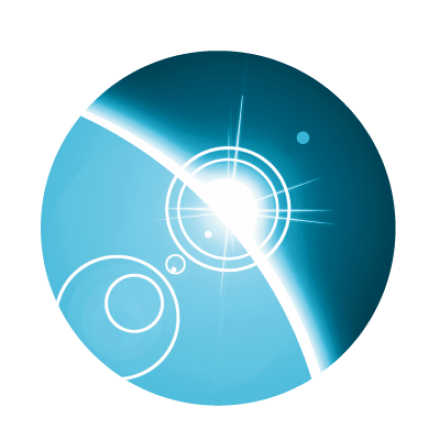A Multi-platform Observing System in the Balearic Islands
Editor's Note: News of this innovative use of THREDDS and other Unidata technologies in the Balearic Islands Coastal Ocean Observing and Forecasting System (SOCIB) came to us as a result of UPC staff participation at the Ocean Data Interoperability Platform (ODIP) conference earlier this year. We love to hear about what community members are doing with Unidata software and services. If you'd like to tell your story, contact us at unidatanews@unidata.ucar.edu.
By Charles Troupin
Balearic Islands Coastal Ocean Observing and Forecasting System
The Balearic Islands Coastal Ocean Observing and Forecasting System (SOCIB), is a multi-platform Marine Research Infrastructure located in the Mediterranean Sea. A joint initiative between the Spanish Ministry of Science and Innovation (Ministerio de Ciencia e Innovación) and the Balearic Islands Government (Govern de les Illes Balears), SOCIB provides free, open and quality-controlled data from nearshore to the open sea. The system is made up of three major infrastructure components:
- a distributed multi-platform observing system,
- a numerical forecasting system, and
- a data management and visualization system.
To collect the necessary data, the SOCIB system includes, among other things: research vessels, high-frequency (HF) radar, weather stations, tide gauges, moorings, drifting buoys, ARGO profilers, and gliders (autonomous underwater vehicles). In addition, the system has recently begun incorporating oceanographic sensors attached to sea turtles.
One of the main challenges for the SOCIB Data Centre is to deal with this variety of data and also allow users (scientists, technicians, and the general public) to access the data of interest and to visualize the information. According to SOCIB principles, the data should be:
- discoverable and accessible,
- freely available, and
- interoperable and standardized.
For these reasons, the data management system implemented aims to meet international standards for quality assurance and interoperability. The system's main components are:
- An instrumentation application to manage all platforms through a web interface.
- A processing application to deal with all collected data, performing data calibration, derivation, quality control, and standardization.
- A THREDDS catalog to archive and distribute data through services such as OPeNDAP, OGC services, HTTP, and ncISO.
- A layer of RESTful web services to ease the development of both internal and external applications, such as web or mobile applications.
- A set of tools for data visualization and real-time monitoring.
Several specific applications have been designed in order to facilitate the access to the data by a wide range of users:
DAPP
The Deployment Application (DAPP) displays all the active and completed deployements on a map, with the possibility to obtain the measurements or the data files themselves in one click. For example, on September 23, 1 glider, 40 drifters, 5 Argo profiles, 2 moorings, and 1 turtle were deployed. The tool also provides the visualisation of additional layers through a web map service (WMS) interface.
LW4NC2
The Lightweight for NetCDF viewer (LW4NC2) allows the user to browse through gridded fields (numerical model results or HF radar velocities) by variable or date, through requests to a web map service such as the ncWMS integrated in the THREDDS server. It also allows the user to extract time series at chosen locations, change styles, animate layers, and perform other visualization tasks.
Smartphone Apps
An application for smartphones designed to provide easy and quick access to all the platforms managed by SOCIB. The app runs under Android and iOS.
Seaboards
Another development that strives to build the bridge between ocean data and the general public is the Seaboards, which consist of dashboard visualizations of real-time and forecast ocean data. Seaboards have been designed for the tourist sector and are now installed in several collaborating hotels, providing useful information about the ocean and coastal state in real-time. The Seaboards also serve to enhance public knowledge about science-based beach management and environmental preservation.
In keeping with the objective of bringing relevant data to all kinds of users in a free and easy way, our future plans include the redesign of the applications to improve the user experience, along with the creation of applications specific to different groups of users, including tourists, sailors, surfers, and others.
Comments and questions can be directed to:
Charles Troupin: ctroupin@socib.es
More details: https://www.socib.es







Add new comment